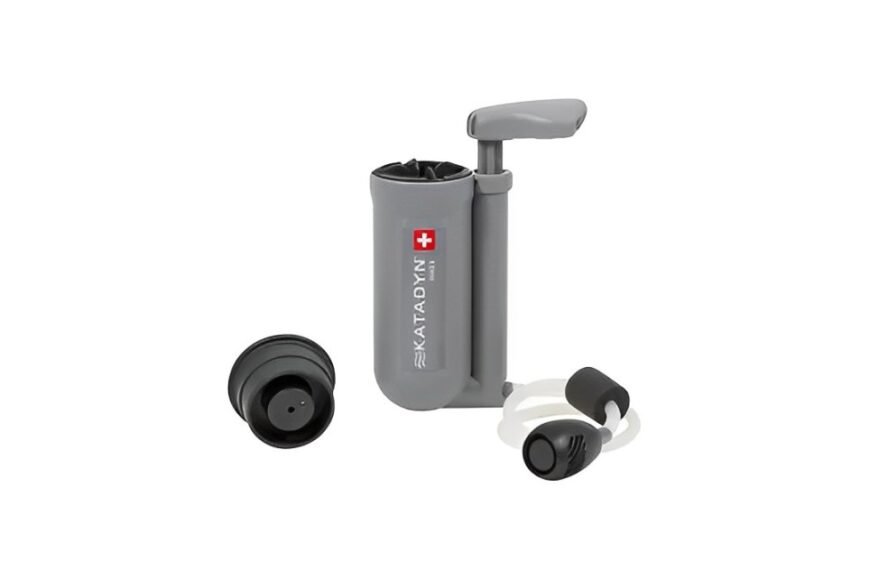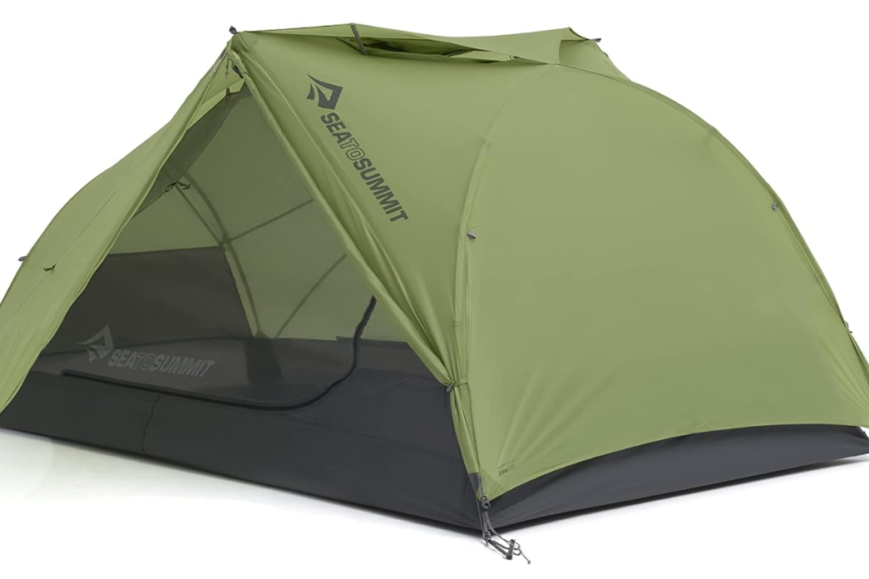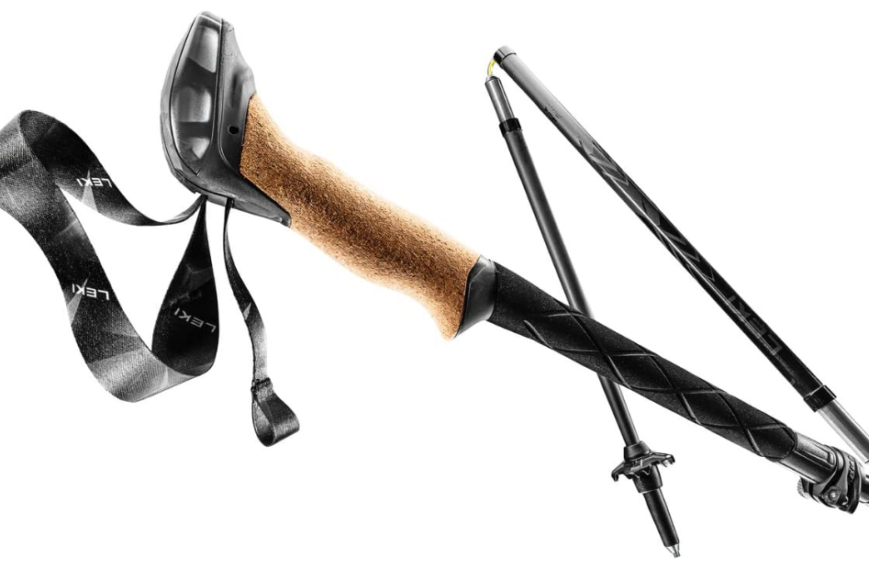- Hiking crampons feature longer spikes for challenging terrain, while microspikes are for less-steep ice and packed snow.
- Crampons must fit your boots properly; use a compatibility chart and ensure stiff soles for attachment.
- Use crampons on icy or packed snow trails; avoid using them on rock or soft ground to prevent trail damage and wear.
- Key safety tips: learn to walk in crampons, check for damage before hikes, and only use on appropriate surfaces.
- Maintain crampons by drying after use, avoiding rust, and tightening loose parts.
- For different hiking scenarios, select from hybrid, step-in, or strap-on crampons based on terrain and boot compatibility; semi-rigid for uneven ice.
- Always prioritize safety when choosing and using crampons on hikes.
Embark on treks with confidence; know when to strap on those hiking crampons! Whether scrambling over icy trails or crossing glaciers, the right grip can make or break your adventure. In this post, we’ll uncover when crampons trump microspikes and ensure your boots are set for whatever lies ahead.
Get ready to conquer diverse terrains with essential tips on using crampons for peak safety and performance. Ready to step up your hiking game? Let’s dive in!
What Are the Essential Features of Hiking Crampons?
Hiking crampons are more than just ice-walking accessories. They have unique features for various landscapes. The main difference between crampons and microspikes is in their spike length and build. Crampons are built with longer spikes and are designed for more challenging ice and mixed terrain. Microspikes have smaller spikes, and connecting chains, and are suited for packed snow and less steep ice.
Hiking crampons should have points that stick into the ice to help you not slip. These points should be strong enough to grip ice but light so they don’t tire you out. For different places, you need crampons that match. Rocky paths need tough, rigid types. Snowy trails need ones with anti-balling plates to stop snow from sticking.
Crampon types vary, so pick the right one for your trek. Mountaineers use ones with lots of points, while less techy hikers use ones with fewer points. Look for hiking crampons that can handle diverse terrains because you might face more than just ice. You’re on your way to grips that don’t give up and can cross lands that others can’t. Always think about the ground you’ll be on. That way, you’ll bring crampons that keep you safe and moving no matter the trek.
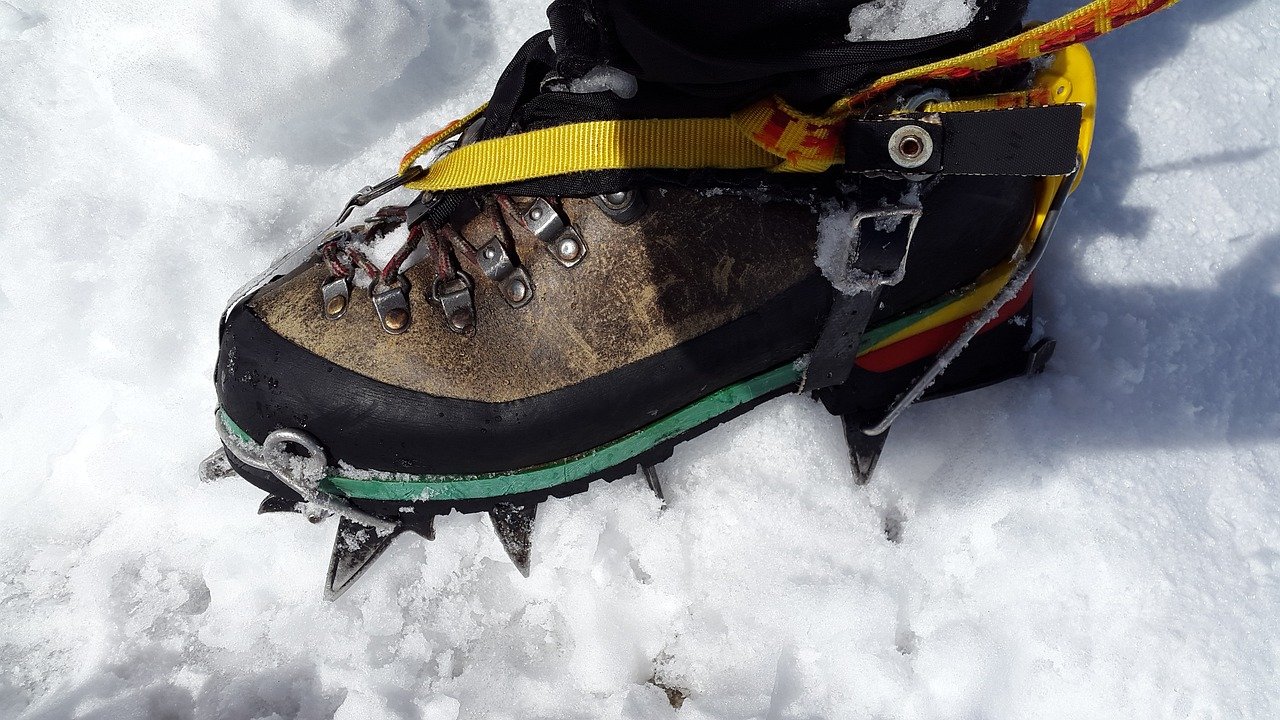
How to Select the Right Crampons for Your Hiking Boots?
Can you use crampons with regular hiking boots? Yes, but check if they fit right. Hiking boots and crampons must work together. Use a hiking boot and crampon compatibility chart to see what matches. Make sure the boots have stiff soles and can handle the crampon attachment methods.
First, look at your boot’s sole. It needs to be tough to hold a crampon. A good fit is key to keeping you safe and stopping the crampon from slipping off. Test the crampon on your boot to make sure it attaches properly.
Next, use the chart to find what kind of crampon you should get. There are different types, like those with straps or clips. They should be simple to put on and hold tight on your boots.
Think about where you’ll hike. For rocky trails, look for strong crampons that won’t break. For snow, get ones that have big spikes for better grip. A step-by-step guide can show you how to try them on your boots. It can help you see if they’re a good match or not.
If you run into trouble, troubleshoot the fit. Check for gaps or parts that pinch. Your crampons should not wobble on your boots. If they don’t seem right, get help or try a different pair.
Picking the right crampons keeps you safe on ice and rocks. Take your time to choose well, and enjoy your hike without worry!
When Should You Use Crampons During Your Hike?
Are crampons good for hiking? Yes, they are when you’re facing icy or snowy trails. Crampons offer great grip and can stop you from slipping. They add spikes to your boots that dig into ice and snow. This means you stay safe on those slick paths.
Identifying ideal conditions for crampon use on hikes
The best time to wear crampons is when you hike on ice or packed snow. Look at the ground as you go. If you see ice coating the rocks and ground, it’s crampon time. This gear helps you cross glaciers, climb icy slopes, or trek across old snow fields.
Advantages of crampons for ice and snow traction
Crampons have metal spikes. These spikes sink into icy surfaces and keep you steady. No more slipping or sliding around. They fit over your hiking boots. This makes them easy to put on when you hit a tough spot.
Scenarios where microspikes are preferred over crampons
You don’t always need the big guns. For less tough ice and soft snow, microspikes work better. They are lighter and less sharp. They are great for trails that are icy but not too steep. This means you can walk with less weight on your feet.
Assessing terrain to determine the need for crampons
Always check out the path before you go. If it has steep ice or hard snow, bring crampons. If you’re not sure, it’s safe to take them just in case. It’s better to have them and not need them, than to need them and not have any.
When you’re about to hit the trails, asking “When not to use crampons?” is key. Skip them on rock or soft ground. They can hurt the trail and wear down fast. Save them for when you have no choice but to cross ice or hard snow.

What Are the Safety Precautions for Hiking with Crampons?
When should you not use crampons? You shouldn’t when there’s no ice or snow. Now, let’s dig into this a bit more. You might think crampons are good for every winter hike. But that’s not true. On trips without ice or deep snow, they can be more harmful than helpful. They could even damage trails or your gear. So, what are the key safety tips?
First off, learn how to walk in them before hitting the trail. It feels strange at first, like having claws on your feet. You must lift your feet higher to avoid tripping over the points.
Next, always check your crampons before each trek. Look for any wear or damage. Make sure they still fit snugly on your boots, and the straps are not frayed. You want to trust them on slippery slopes.
Never forget that crampons are for ice and hard-packed snow. They give great grip in freezing conditions. But in mud, rocks, or soft ground, leave them off. They won’t help and may cause a fall.
Have a list of winter hiking needs ready too. Alongside crampons, pack warm clothes, food, and tools for navigation. Always have a first-aid kit.
Remember, safety isn’t just about using crampons. It’s about knowing when they’re the right tool for your hike. If the trail asks for them, strap them on and enjoy the surefootedness they give. If it doesn’t, keep safe and crampon-free. Stay smart, and your hikes will be safe and stunning!
How to Take Care of Your Crampons for Longevity and Performance?
Routine maintenance for crampons? Yes, it keeps them ready for the trails. Dry them well after each hike. Keep them out of damp places to stop rust. Check spikes before and after use. Tighten loose parts, and replace worn spikes. This care makes your crampons last and ensures a secure grip on icy paths.
When you get back from a hike, knock off any dirt first. Then, rinse your crampons in fresh water. To dry, place them in a warm, well-aired room but out of direct sunlight. Sun can harm the straps. Once dry, store crampons in a breathable bag. Avoid plastic bags that trap moisture.
To prevent rust, and damage, treat your crampons with care. Look at them as you would a loyal pet. They keep you safe on your icy adventures, so give them the respect they deserve. For longer life, use a light coat of oil on the metal parts. But use oil that won’t harm the environment.
Little checks like these can save you from a slip at the worst time. Be sure to look closely at the points for any sign of bending or dulling. If you see damage, it’s time for a fix or even a new set. Being on top of maintenance means you’ll never worry about your grip when you’re high up on a frosty peak. Keep your trusty spikes sharp, and they won’t let you down.
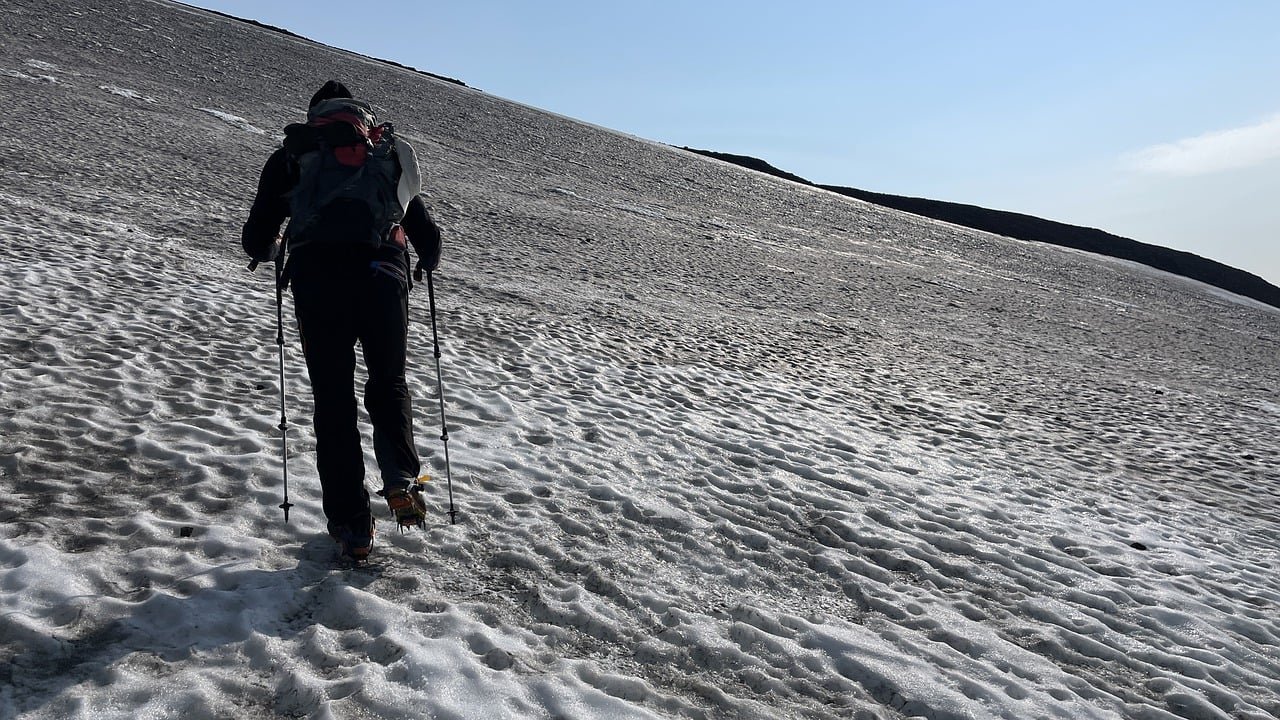
What Crampon Systems Are Available for Various Hiking Scenarios?
Can you use hybrid crampons for versatile hiking conditions? Yes, you can. Hybrid crampons are great because they fit different boot types. They have a heel lever and a toe strap, making them good for many hikes. For climbing ice or mixed terrain trails, go for step-in crampons. They need boots with a heel welt and offer the best hold.
Strap-on crampons also have their spot in your gear closet. They use straps, so you can put them on most boots or shoes. Just be sure to get a snug fit. For the toughest trail days, pick semi-rigid crampons. They give more support and stability. These are less bendy than the flexible kind and help when you’re on uneven ice.
When you’re picking crampon systems for hiking, think about where you’ll go. For varied ground, hybrid crampons are good. For ice walls or tough climbs, step-in designs give the firmest grip. Got no welts on your boots? Strap-on crampons are your friend. Keep in mind the firmness you need, too. Semi-rigid crampons are for sure-footed steps on tricky paths.
So, there you have it. Choose your crampon system based on your hike’s needs. Safety always comes first. Rock those trails, and have epic adventures!

Conclusion
In this post, we covered key points about hiking crampons. You learned the essentials, from knowing when to pick crampons over microspikes to fitting them right on your boots. We explored the types of crampons for varied terrains and showed how to keep them sharp and ready. Remember, safety comes first when using these ice grippers. Choose the right system for your adventure. Happy trails and stay safe on icy paths!
![]()




